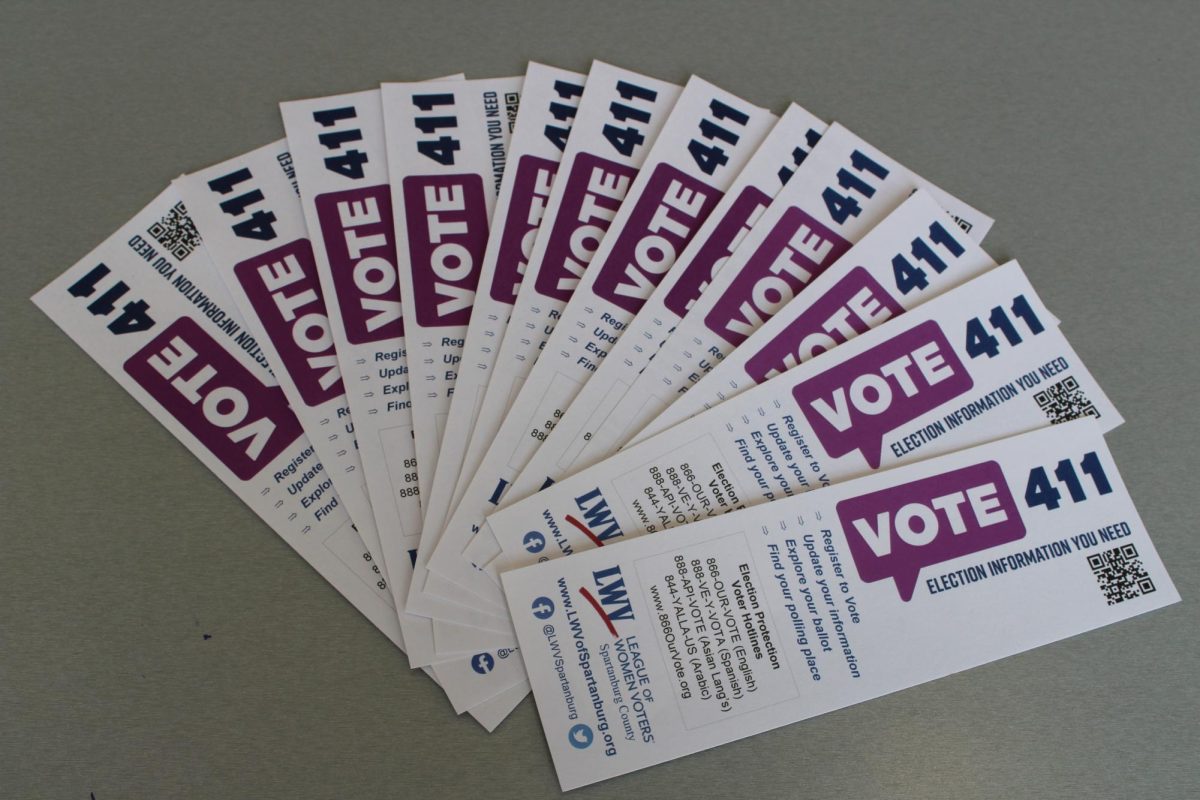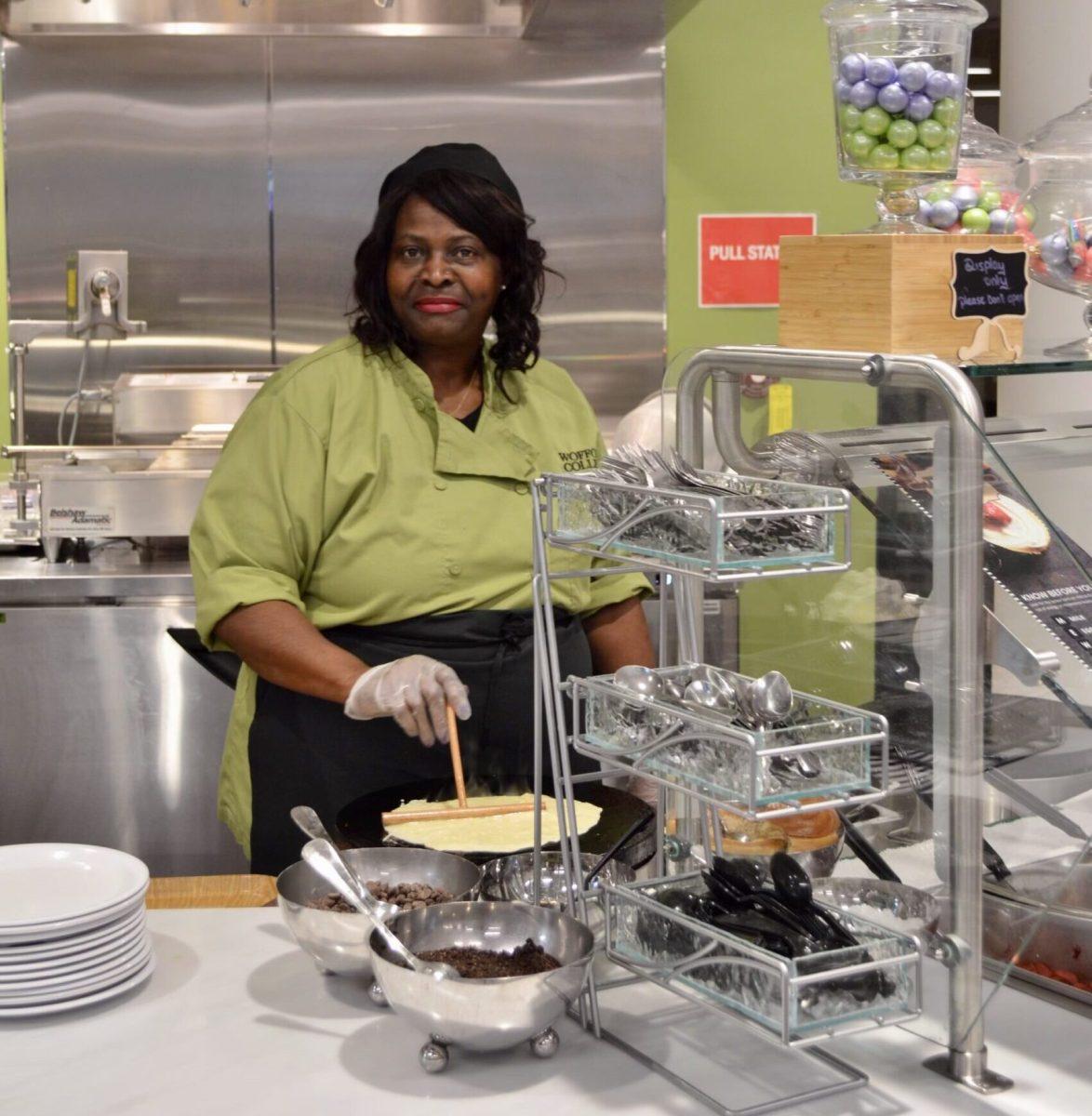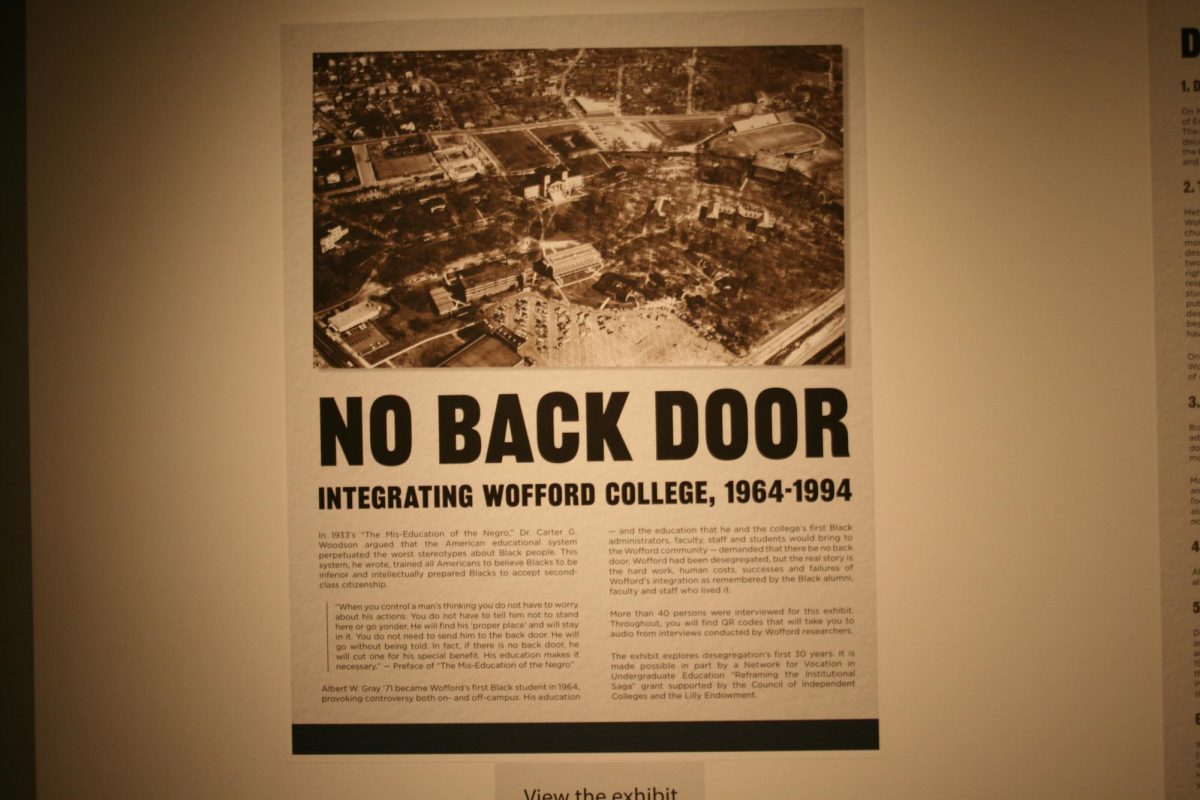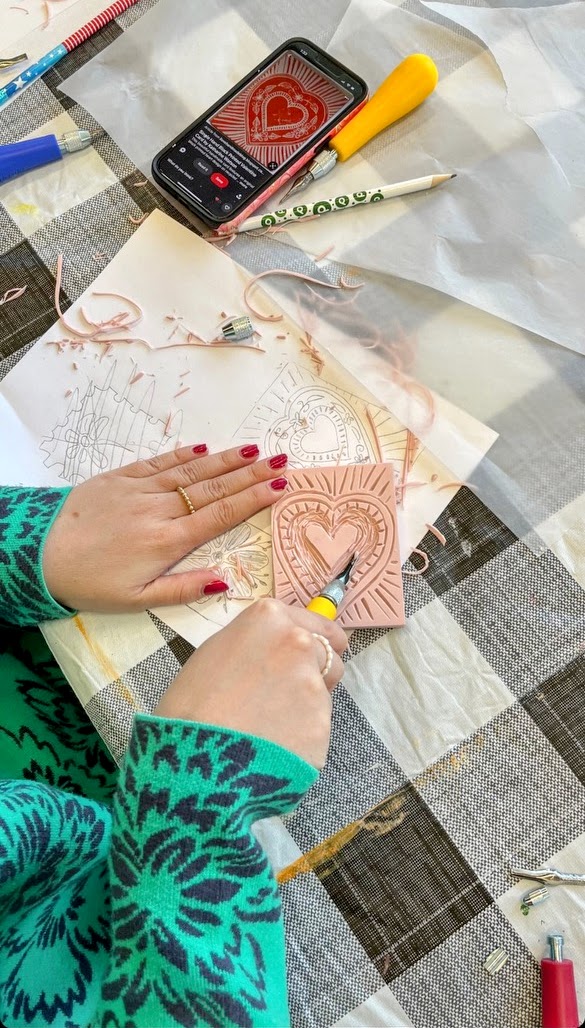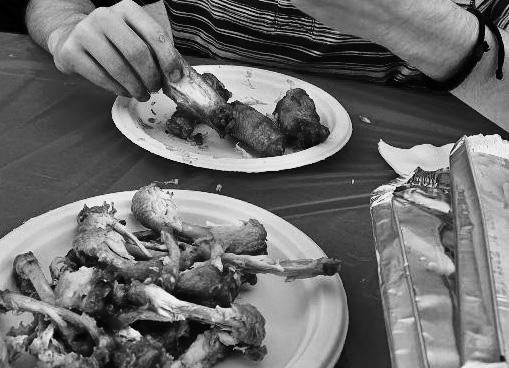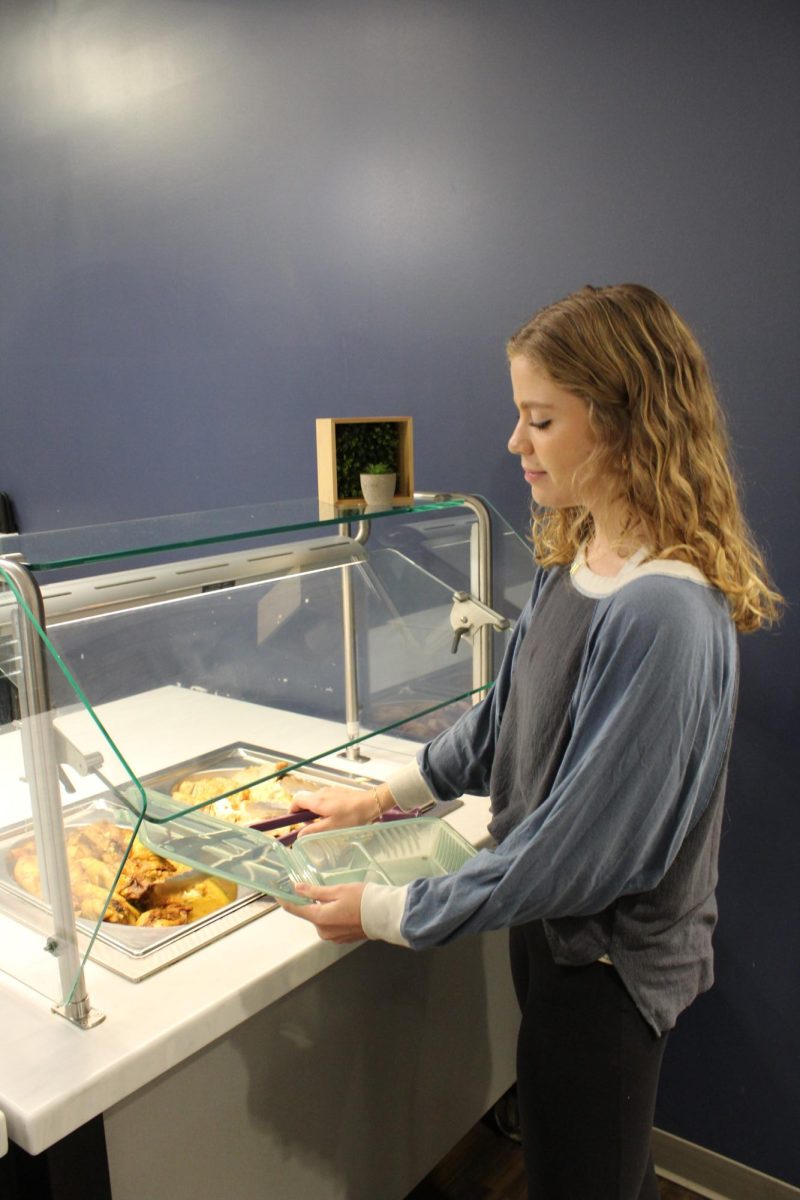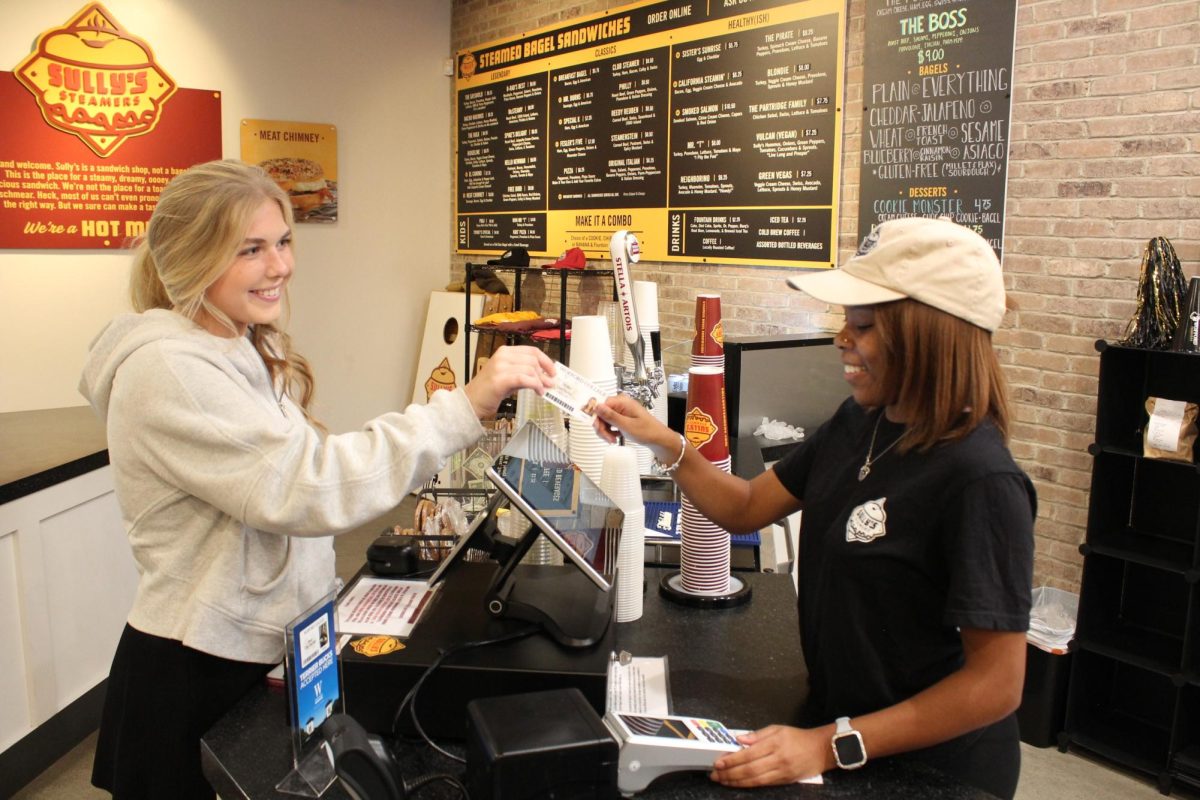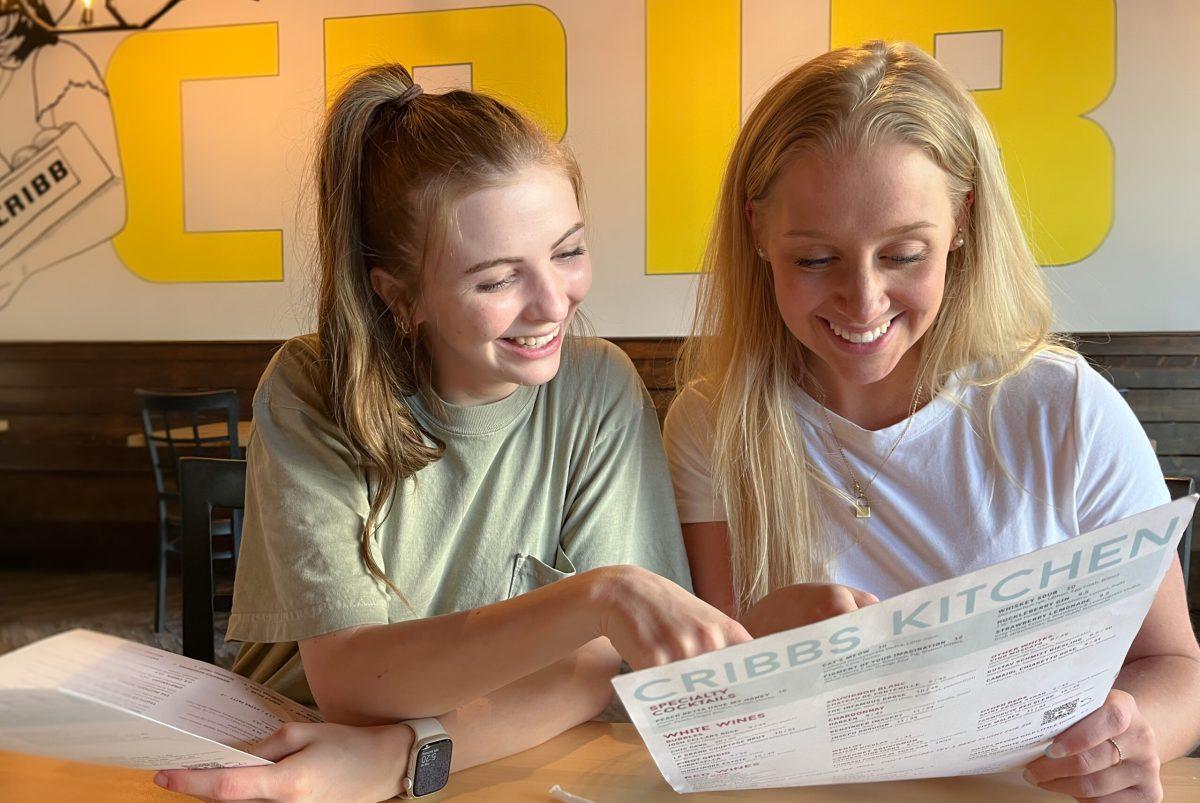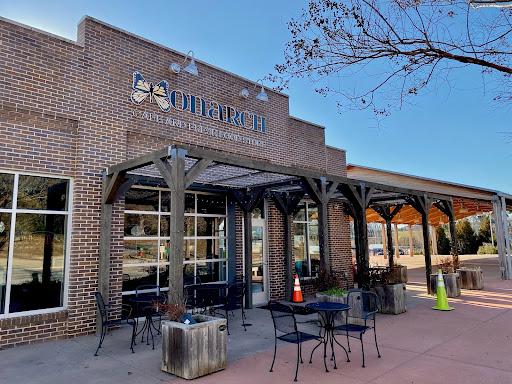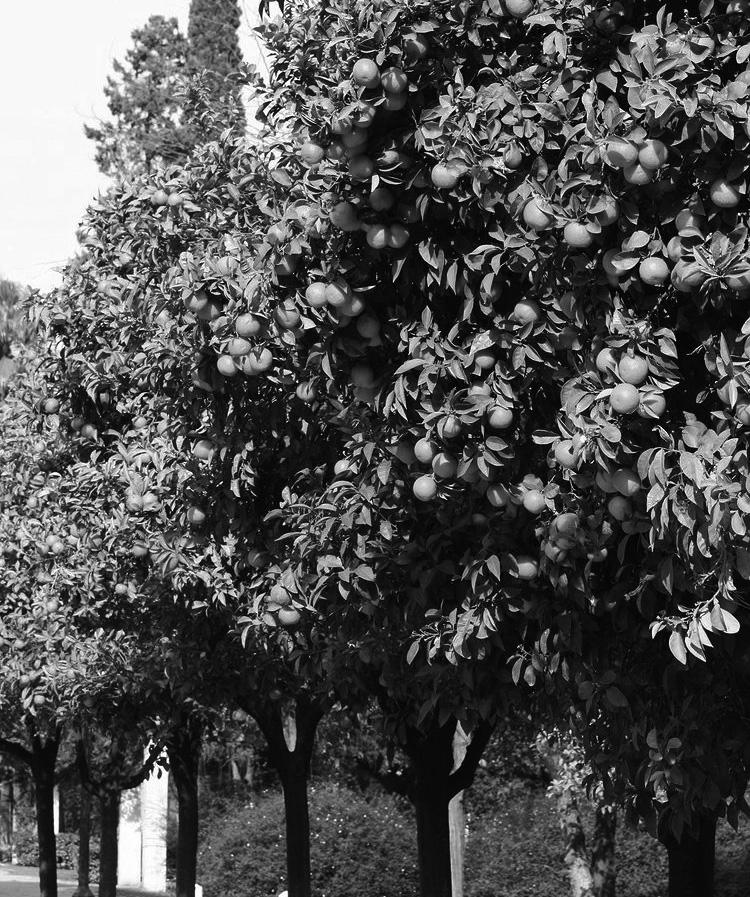One of the many culture shocks that I have experienced here in Prague is the food. The Czechs have a unique cuisine and dietary habits that are different from what I was used to in the U.S.
Prior to my arrival, I had heard that beef gulaš were a Czech staple. It was my order when visiting a Czech restaurant for the first time. It did not disappoint.
The beef stew was served with bread dumplings, made from bread, milk, onion and eggs. This combination makes for a very delicious, hearty and filling meal.
I then quickly learned that a Czech dish just as common as beef gulaš is roasted duck. Coming from America, I was only used to eating wild ducks, but the ducks in Czechia are large, tender farm-raised ducks.
The meat is often served with red cabbage and potato dumplings. It has become my go-to order in Czech restaurants.
Another popular Czech dish that is a little more unique is “svíčková na smetanê,” which is Czech for sirloin in cream sauce. A pork sirloin is drowned in a mixture of gravy and cream.
The strange part of the dish is that it is topped off with whipped cream and cranberry sauce. While it is certainly an odd combination, it is the national dish of the Czech Republic and one of my favorites.
“My favorite Czech dish is gulaš because it is simple and easy and good everywhere you go,” said Jonathan Burns ‘23. “One dish I ran into that I did not like was kidney bean soup, but other than that, everything has been great.”
Eric Wagner, a student at Northwestern University, also praised the cuisine and pointed out that there are many differences in Czech dining in general.
The first difference I realized is that in nearly every restaurant you seat yourself, even if it is a nice, sit-down meal. My classmates and I learned this the hard way, attracting Czech stares from every table at the restaurant judging our blatant lack of knowledge of the culture.
Another change I have noticed is that free condiments and refills do not exist in the Czech Republic. Even in Prague’s McDonalds or KFC, ketchup is not free—you pay for each packet.
In Czech restaurants, it is also common practice to start with a soup before the main course. Every Czech restaurant I have been to has an option for a starter soup that is usually around just 40 crowns, or $2.
I have also found that tipping is a very different process here.
The tip is not included, so you add it and include it in the total cost instead of adding it after the transaction. It is typical to tip 10%, but it is not necessarily frowned upon to leave no tip.
Wagner also said that sometimes he finds tipping is less easily remembered in Prague because it is never directly mentioned.
While I do miss certain American restaurants and home-cooked meals, I have come to thoroughly enjoy Czech food and will certainly miss it when I return to the U.S.



